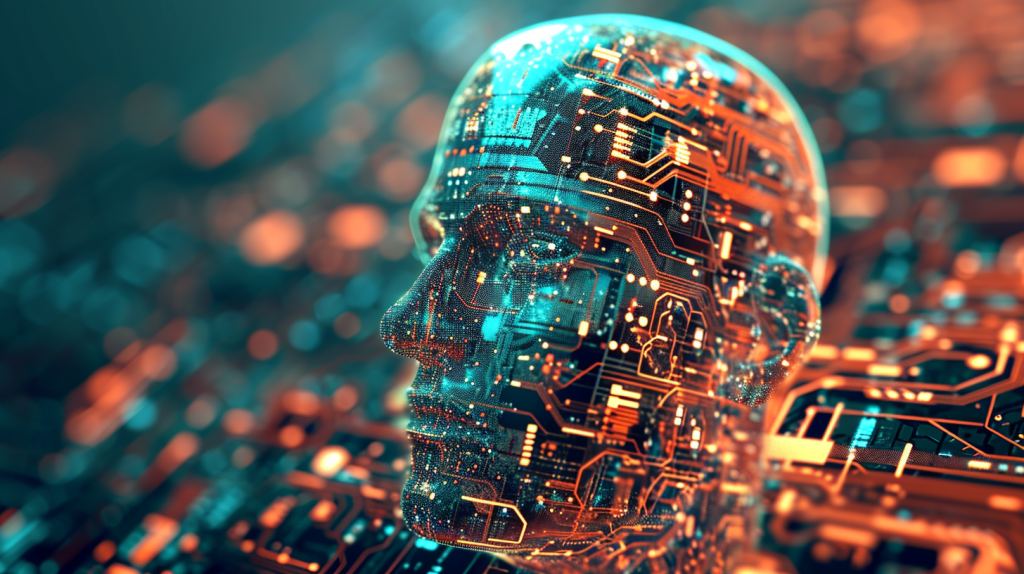Posted inPandas Python modules
Advanced Indexing with pandas.MultiIndex
Unlock the potential of pandas.MultiIndex for complex data manipulation in Python. Master hierarchical indexing to enhance your data analysis, streamline operations, and efficiently manage multi-dimensional datasets with ease. Transform your analytics capabilities with advanced indexing techniques today!










